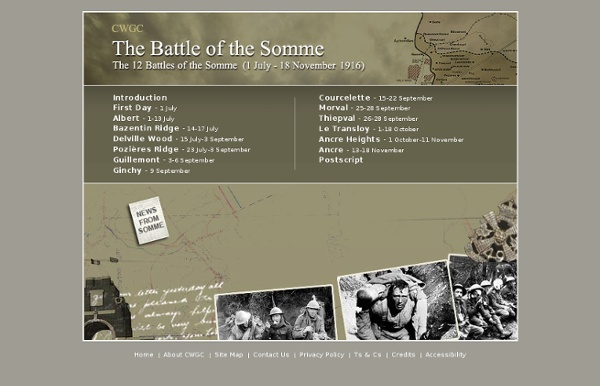



Shellshock By 1914 British doctors working in military hospitals noticed patients suffering from "shell shock". Early symptoms included tiredness, irritability, giddiness, lack of concentration and headaches. Eventually the men suffered mental breakdowns making it impossible for them to remain in the front-line. Some came to the conclusion that the soldiers condition was caused by the enemy's heavy artillery. Some doctors argued that the only cure for shell-shock was a complete rest away from the fighting. Philip Gibbs, a journalist on the Western Front, later recalled: "The shell-shock cases were the worst to see and the worst to cure. Between 1914 and 1918 the British Army identified 80,000 men (2% of those who saw active service) as suffering from shell-shock. Official figures said that 304 British soldiers were court-martialled and executed.
From trench to tomb: The unknown warrior's journey 11 November 2010Last updated at 02:12 By Mario Cacciottolo BBC News The tomb, in London's Westminster Abbey The unknown warrior was carried from a French battlefield 90 years ago, to be laid to rest among kings and statesmen in Westminster Abbey. But how did this symbol of the sacrifice of war come to be chosen? In 1916, a Church of England clergyman serving at the Western Front in World War I spotted an inscription on an anonymous war grave which gave him an idea. That moment of inspiration would blossom into a worldwide ceremony that is still being replicated in the 21st Century - the grave of an unknown warrior, symbolising those who made the ultimate sacrifice for their country. The Reverend David Railton caught sight of the grave in a back garden at Armentieres in France in 1916, with a rough cross upon which was pencilled the words "An Unknown British Soldier". But there was a procedure in choosing a single corpse to represent the many unnamed dead. Continue reading the main story
World War 1 – who started it? Emperor Franz Joseph I of Austria-Hungary When Franz Ferdinand, his nephew and heir, was murdered, Emperor Franz Joseph I decided that military action was required to cut Serbia down to size. But with time lost to investigations and diplomacy, it was not until July 23 that Serbia was presented with a harsh ultimatum. Serbia’s measured reply was to agree to almost all demands. Why did the 83-year-old Emperor Franz Joseph and his Vienna government take such a hard line? More than two-fifths of Bosnia’s population was ethnic Serb, many of whom yearned for independence and union with a Greater Serbia. An even more powerful reason was because many in the Austrian government and military felt the time was opportune. They feared a pan-Slav movement spearheaded by Serbia (and backed by Russia), and were determined, in the words of Foreign Minister Leopold von Berchtold, to “tear away with a strong hand the net in which its enemy seeks to entangle it”. Kaiser Wilhelm II of Germany
History - World Wars: Battle of Passchendaele: 31 July - 6 November 1917